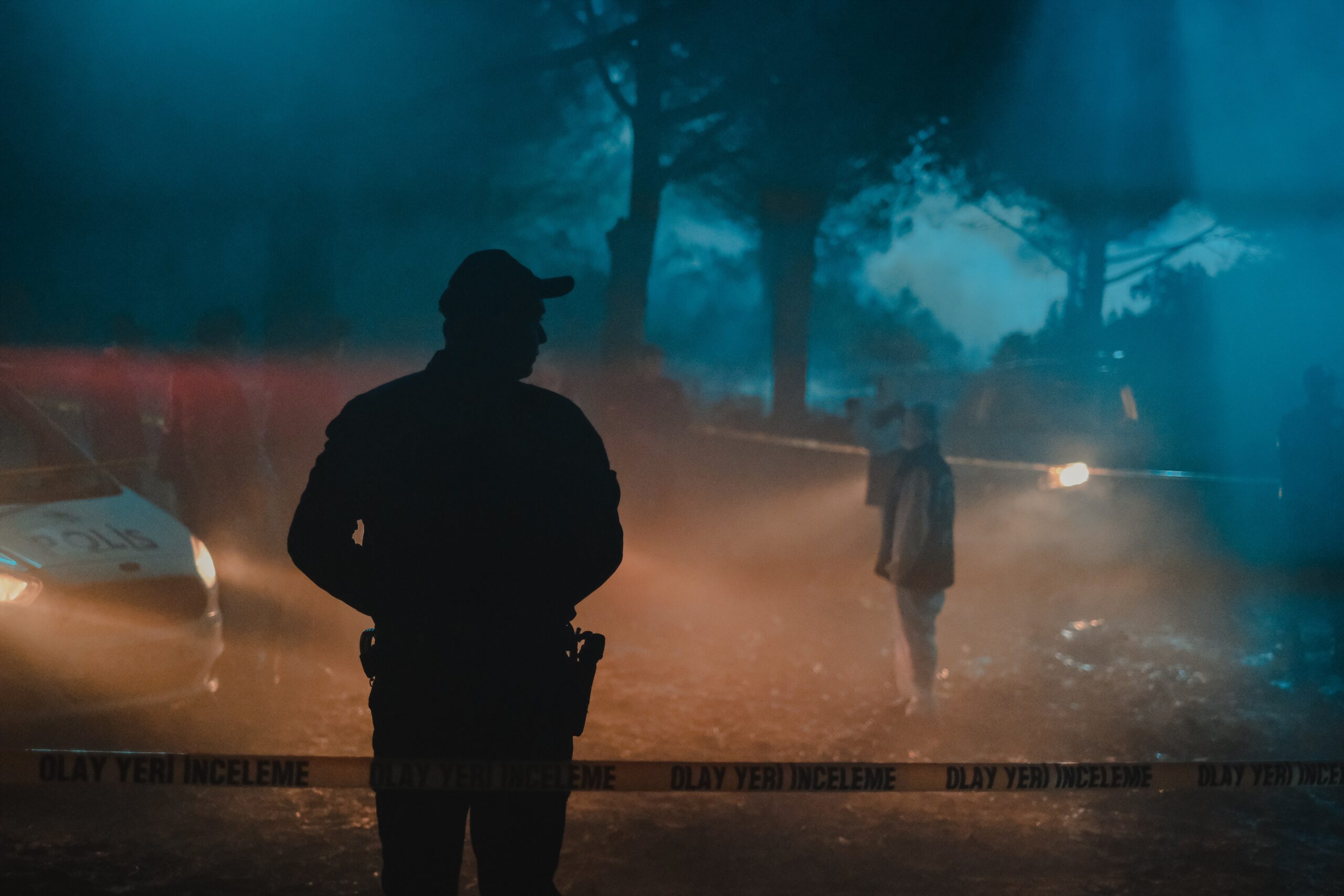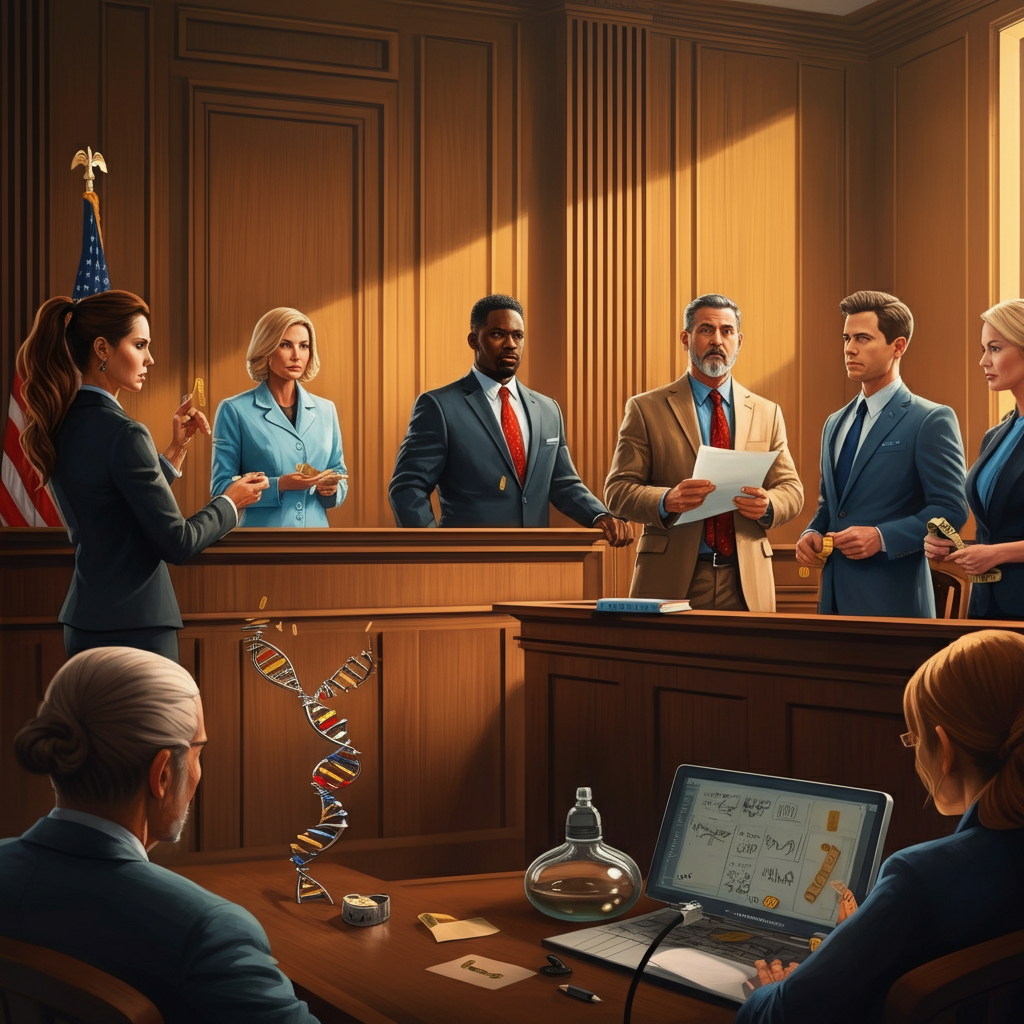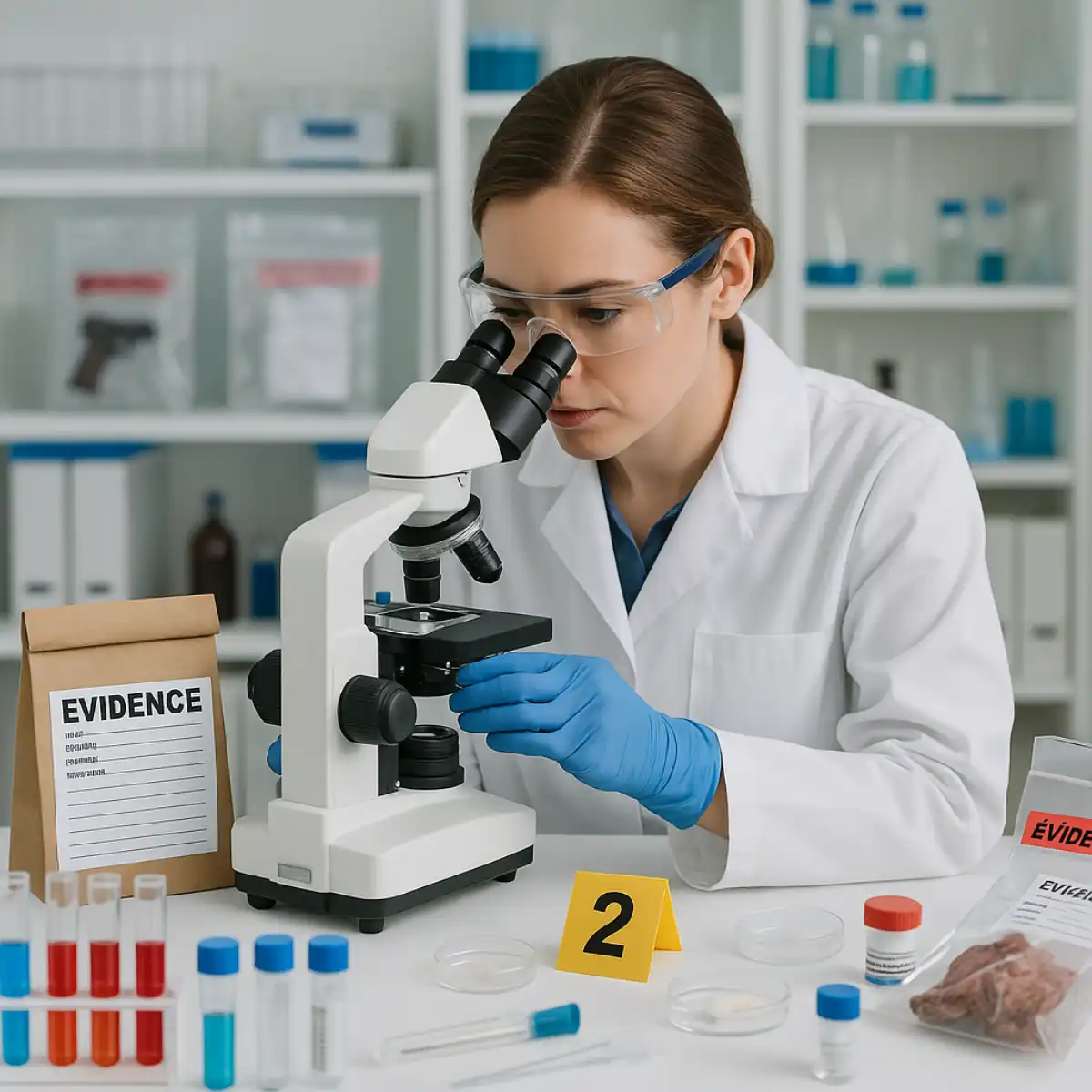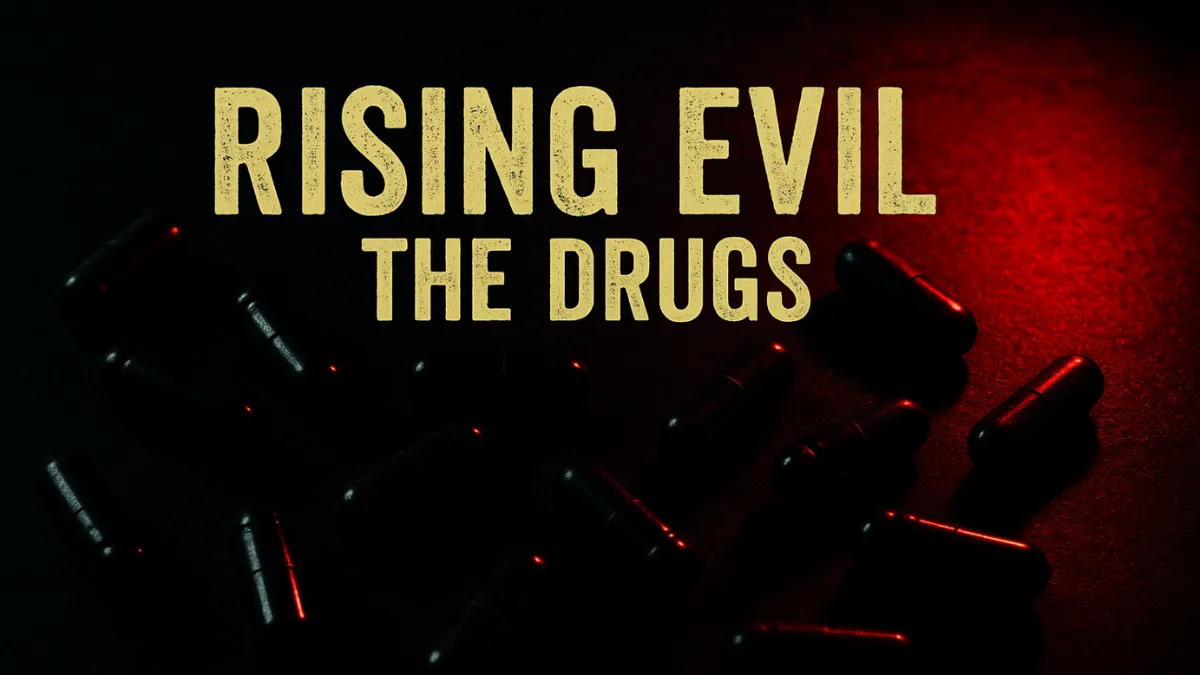Last Updated on November 25, 2021 by Nyayik Vigyan
Forensic science is an essential branch of the criminal justice system as it brings together crime scene reconstruction and crime scene management. As it has been quoted that “facts do not lie, men can and do”, it is very essential to have a system that relies completely upon science and helps in an overt examination of evidence. Forensic science deals with varied branches like biology and serology, chemistry and toxicology, questioned documents, fingerprints, arson and ballistics, digital forensics, and thus the range of crimes that it can employ its resources to is very high. Also, developing branches like forensic odontology, entomology, wildlife forensic, and palynology have increased the application of forensic science in widespread crimes’ investigation. Starting from the identification of potential evidence, their ideal collection, packaging, forwarding to specific departments, the examination of that evidence, and the display of the results in the court of law following the proper chain of custody is guided by forensic science. Newer analytical methods have come up that can join hands with the judicial system to effectively reduce crime rates and deliver faster justice in India.
Steps Involved in Crime Scene Investigation:
A proper crime scene investigation is of primary importance in order to solve a crime.
- Barricading the crime scene to prevent the entry of unwanted trespassers and preserve as much evidence as possible.
- Documentation of the crime scene. It includes photography, videography, evaluation of the crime scene to determine if any dead body, loaded weapon, or bombs if involved are present. The Dog squad helps in this field, followed by a fingerprint collection team.
- Sketching the crime scene and note-making about the lighting conditions, weather conditions, type of crime scene.
- The most important step involves the identification of potential evidence and searching the crime scene in different methods depending upon whether it is an indoor or outdoor crime scene.
- The evidences once located should be placed with number tags and photographed immediately to document it. During Crime Scene Photography, a scale or any object of distinctive size should be kept along with the evidence. All the three different methods of Overall, Close-up, and Mid-range photography should be done.
- Once the evidences are properly photographed, they should be collected according to their chemical and physical properties. For example, blood from separate pools should be collected by different cotton saline swabs and placed in different vials.
- Once all the evidence has been collected, they can be packed and sealed and forwarded to the forensic science laboratory for analysis and testing.
- All the above steps should be followed before dispatching the evidence, and Chain of Custody should be maintained accordingly.
- If any seal is broken or damaged, the Forensic Lab can reject the evidence, as the chain of custody is not maintained. Sometimes, due to contaminated samples collected or less than the required amount, analysis of samples is not proper.
Role of Different Departments in Forensic Investigation:
- Forensic Medicine and Toxicology: If any dead body is found at the crime scene, it should be brought back to the mortuary, and family members or identifying members should be called immediately for autopsy. A police inquest form is required if any foul play is found or suspected. Medicolegal autopsies help in determining the cause, mode, and time since death. They also can be used for identification, age determination if it is an unidentified body.
Autopsies help to examine antemortem and post-mortem injuries and collect viscera, stomach wash, blood, from the body for analysis.
In cases of sexual assault, examination and collection of evidence from the victim and accused is done by a medical practitioner in the forensic medicine department.
- Forensic science laboratory: Once the physical evidence is collected, along with the Post Mortem Report and a forwarding letter from the Investigating officer is sent to the Forensic laboratory. The forensic laboratory can exist in the Regional, State, or Central Level. Currently, India has 7 Central Forensic Science Laboratories. The crime branch of the laboratory decides which department it needs to be forwarded to depending on the type of evidence. Like a blood-stained cloth is sent to the Biology and Serology division, whereas a forged passport is sent to the Questioned documents division.
- Court of Law: All the evidence analyzed and reported is brought to the court of law for the delivery of justice, either supporting the prosecution or defense accordingly. Evidence can be in the form of physical, documented, or testimonials. Sometimes expert testimony is also asked for to obtain more insight.
The immediate investigation, collection, packaging, and forwarding of evidence are done by the police officials, namely the Station House Officer (SHO).
Conclusion:
Forensic brings together medicine, judiciary, and analytical branches of investigation. Initially, people were not aware of this existing field because of which India doesn’t have a developed system for forensic science. It is only of recent times that the advantages of such a system have been discovered and various government and private sectors have taken up the work to develop this branch. With the increase in the rate and modes of crimes, more developed techniques are required to solve pending cases and also make people aware of such crimes. Only the crime scene in India can be monitored and controlled.
References
- Saferstein R. Forensic Science Handbook, Volume 1. Englewood Cliffs, NJ: Prentice Hall; 2002 Jan.
- Forest PR, DeForest PR. Forensic science: an introduction to criminalistics. McGraw-Hill Humanities/Social Sciences/Languages; 1983 Apr.
- Tewari RK, Ravikumar KV. History and development of forensic science in India. Journal of postgraduate medicine. 2000 Oct 1;46(4):303.
















Leave a Reply